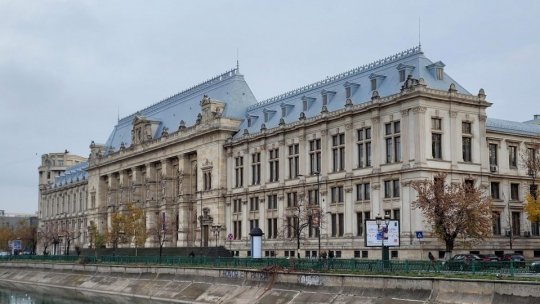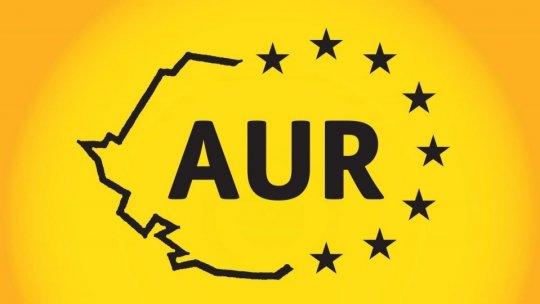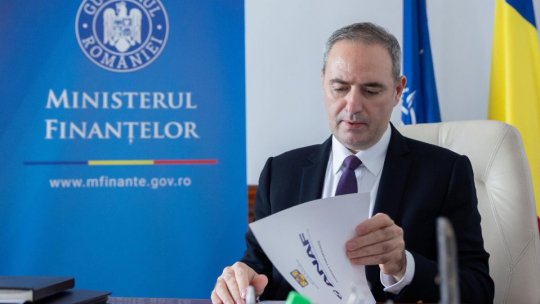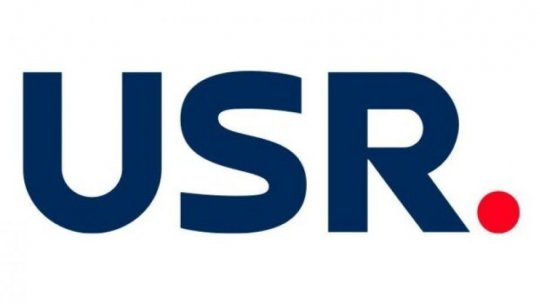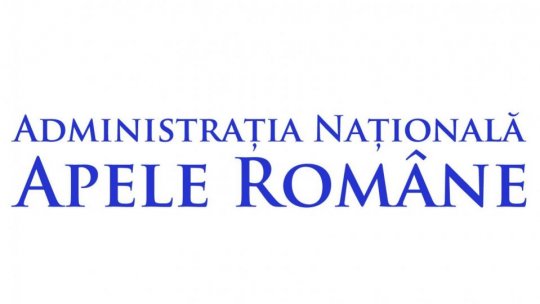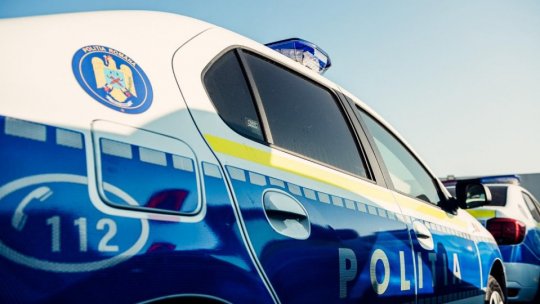The 1987 Anticommunist Rebellion in Brasov
The November 1987 rebellion staged by workers in Brasov dealt a serious, if not the last blow to the communist regime in Romania, before it was toppled two years later, in December 1989.
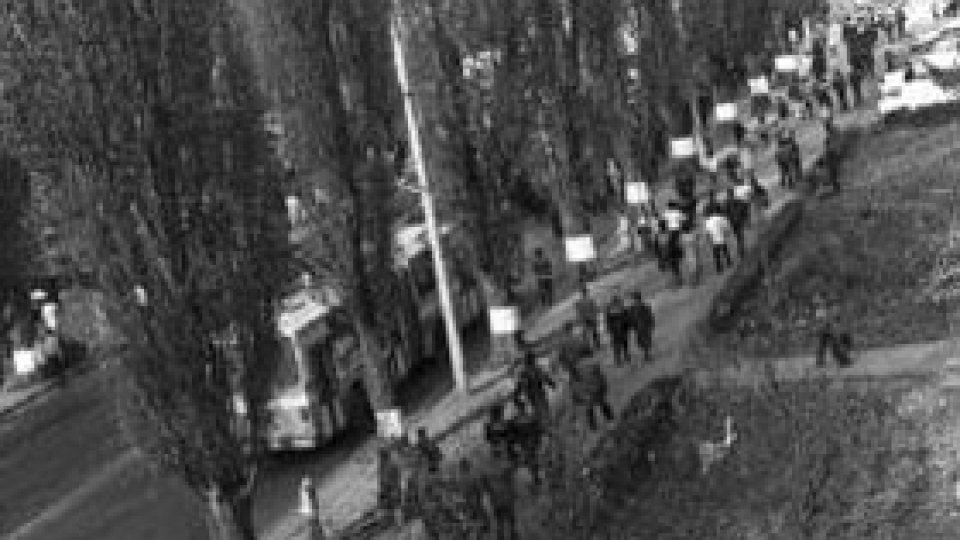
16 Noiembrie 2010, 19:47
A former prosperous center of medieval Transylvania, located in the most beautiful mountainous region of the country. Just like many other big cities across Romania, Brasov was stifled by the aberrant policies pursued by the Communists in their attempt to industrialize the country at any price.
The city’s plants and factories were hit by a rising tide of social misery, which made them carry out their activity in extremely poor financial condition. Furthermore, salaries had been reduced at the “Steagul Rosu” truck factory, as part of a wider package of administrative measures, against the backdrop of a chronic lack of foodstuffs, hunger and cold, that the inhabitants of Brasov faced, just like all Romanians, for that matter.
Workers, who called for decent living standards, walked off the job and marched on the Communist Party headquarters in downtown Brasov, because authorities refused to engage in a dialogue. The exclusively economic and social claims gradually gained political, anti-communist connotations, once the protesters took to the streets.
The headquarters of the Communist Party was stormed and Nicolae Ceausescu’s portrait was removed from the frontispiece of the building, and burnt down, in a symbolic and unprecedented gesture. We recall Romania was singled out even within the Communist block, because of the late Stalinism in a nationalist guise that Ceausescu promoted.
The revolt was stifled by the violent repression of the riot police, headed by the Securitate, the former political police, which had infiltrated officers among the protesters to take photos of them, in an attempt to later identify them. Hundreds of people were arrested and many of them subsequently tortured.
The death sentence was initially considered for the masterminds of the revolt, described as hooligans and bandits. But the authorities then changed their decision, under the pressure of the international community, which was well aware of the events and their dramatic consequences.
Over 60 workers were deported following the summery trial of those who took part in the protests. After the fall of the communist dictatorship, the protesters set up the “November 15th 1987” Association.
Later on, the Anti-Communist Resistance Center was set up in Brasov, at the initiative and with the moral support of the famous Russian anti-Communist fighter Vladimir Bukovski.
Historians say the Rebellion of November the 15th 1987 in Brasov was similar to that of the miners in the Jiu Valley, 10 years before. It started as a movement based on economic discontent, to gradually gain political connotations.
The 1987 revolt anticipated the Revolution of December 1989, which turned out to be decisive for the fate of the regime. The latter was officially denounced as illegitimate and murderous in Romania, in 2006.

